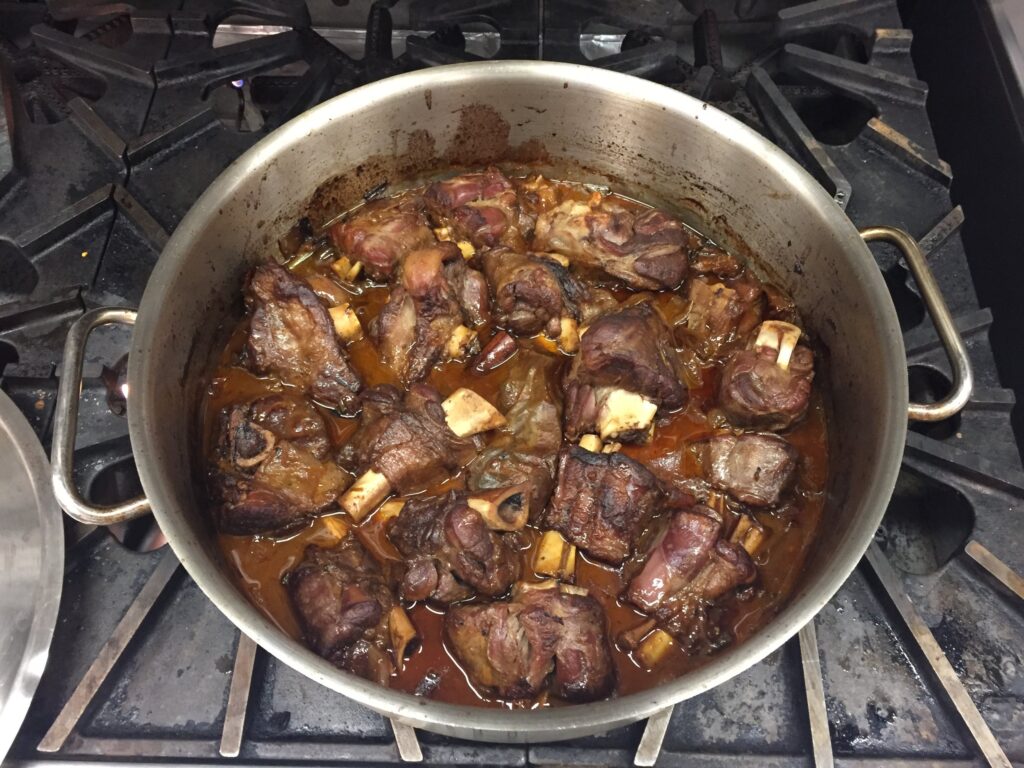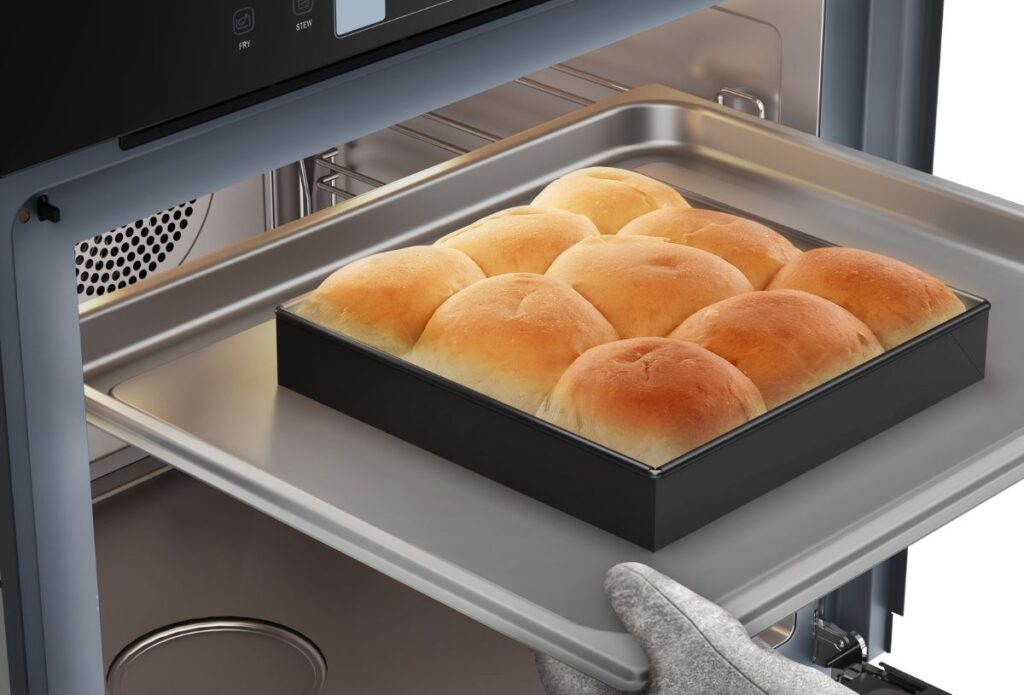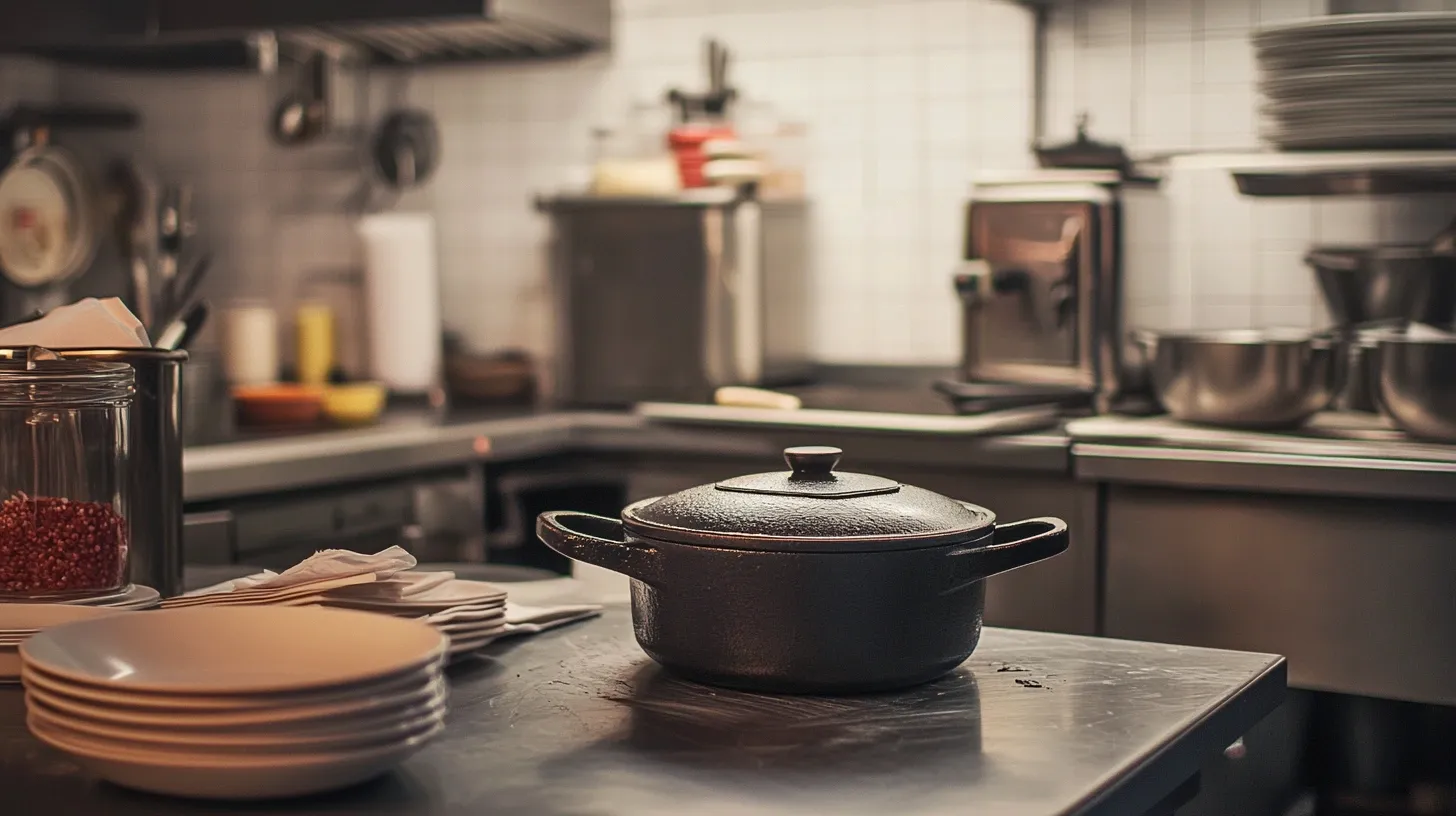The Benefits of Cooking with a Dutch Oven
A Dutch oven is one of the most versatile and essential tools in any kitchen. This heavy-duty, thick-walled pot—usually made of cast iron—can be used for baking, roasting, simmering, frying, and slow-cooking. Its ability to retain and evenly distribute heat makes it perfect for creating deep, rich flavors in a variety of dishes. Whether you’re an experienced cook or just starting out, a Dutch oven can elevate your home cooking. Here are two key benefits of using a Dutch oven and how to make the most of it.

1. Excellent Heat Retention for Slow Cooking and Braising
One of the biggest advantages of a Dutch oven is its ability to retain and distribute heat evenly. The thick cast iron walls help maintain a consistent temperature, making it ideal for slow-cooked meals and braising tough cuts of meat.
Why It’s Beneficial:
- Breaks Down Tough Cuts of Meat: The steady, low heat of a Dutch oven helps break down connective tissues in tougher meats like beef chuck, pork shoulder, and short ribs, resulting in fork-tender dishes.
- Locks in Flavor: The tight-fitting lid traps steam and moisture, keeping food juicy and flavorful while preventing excessive evaporation.
- Great for One-Pot Meals: You can sear meat, sauté vegetables, and simmer sauces all in the same pot, reducing cleanup.
How to Use It:
- Classic Beef Stew: Brown chunks of beef in the Dutch oven, then add onions, carrots, potatoes, broth, and herbs. Cover and simmer on low heat for a few hours for a rich, hearty stew.
- Braised Short Ribs: Sear short ribs, then braise them in red wine, garlic, and herbs for a melt-in-your-mouth dish.
Pro Tip:
For best results, cook on low and slow heat. Dutch ovens hold heat well, so once preheated, you don’t need high temperatures to keep food cooking.

2. Versatility for Baking and Frying
A Dutch oven isn’t just for soups and stews—it’s also a fantastic tool for baking bread and deep-frying. The pot’s heavy walls and even heat distribution help create perfect results in both.
Why It’s Beneficial:
- Perfect for Baking Bread: The thick walls trap steam, creating the ideal environment for crusty artisan-style bread.
- Maintains Oil Temperature for Frying: The Dutch oven holds heat well, keeping frying oil at a steady temperature, which results in crispier food and less oil absorption.
- Works in the Oven or on the Stove: Dutch ovens can go from stovetop to oven seamlessly, making them perfect for dishes that require multiple cooking steps.
How to Use It:
- No-Knead Bread: Mix flour, water, yeast, and salt, let it rise overnight, then bake in a preheated Dutch oven for a golden, crispy crust.
- Homemade Fried Chicken: Heat oil in a Dutch oven, then fry seasoned chicken pieces until golden brown and crispy.
Pro Tip:
When baking bread, preheat the Dutch oven in the oven for at least 30 minutes before adding the dough. This helps create the perfect crust.


